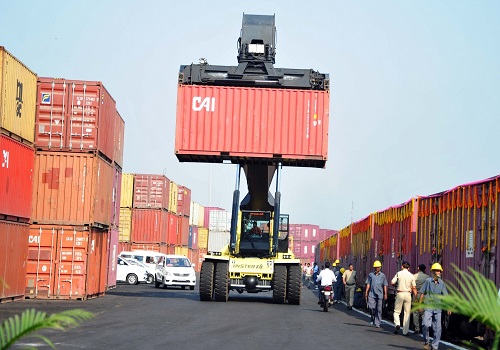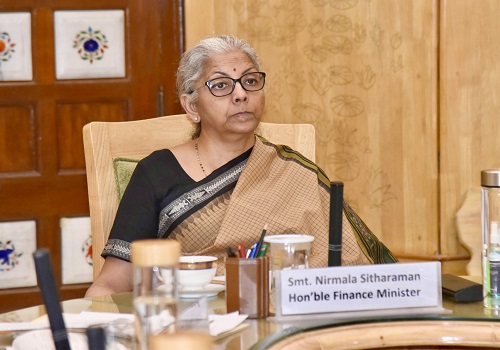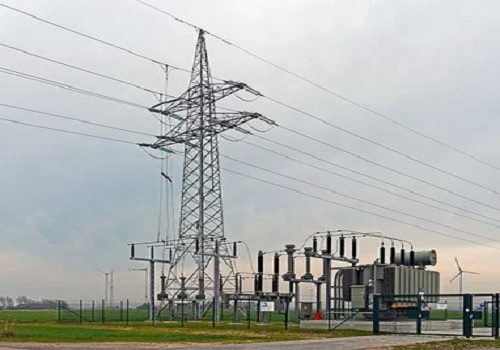India's share of global merchandise exports at an all-time high

Follow us Now on Telegram ! Get daily 10 - 12 important updates on Business, Finance and Investment. Join our Telegram Channel
India is gaining share in manufacturing exports and share of global merchandise exports is now at an all-time high, Credit Suisse said in a report.
Gains in commodities may not last, but momentum should persist in electronics (large market size, opportunities for share gains, policy support) and specialty chemicals (a decade of steady growth has brought scale to firms).
In textiles, exports are growing after a decade-long stagnation, currently mostly in upstream yarn/fabric, but order-books for apparel are strengthening too.
The opportunity in autos is as much local (strong demand growth gives scale), as potential share gains as global industry disrupts (new OEMs, business models and supply chains), the report said.
India's manufacturing share of GDP has been declining steadily since 2012, partly due to a stagnation in exports of manufactured goods. As exports pick up again, either due to the impact of PLI schemes or otherwise, they could boost GDP by 2.4 per cent in five years. The boost to jobs would be concentrated in electronics and apparel.
Electronics hold much promise, not only on the large size (30 per cent of global goods exports), but also opportunities for share gains, given geopolitical shifts and China's shrinking industrial labour force. Helped by policy support, a critical mass appears to be building, with local and global firms investing in capacities in India (even those not gaining from PLI schemes).
In chemicals,while India lacks sustainable advantage in bulks, its share of global exports of specialty chemicals has risen steadily (these are now 10 per cent plus of India's exports). Through steady growth, and in some cases China ceding share, the industry has now gained critical mass.
India has seen gains in electronics, chemicals, autos, apparel, the report said. India runs a structural deficit in sectors dependent on resource availability, like oil, gas, coal and gold (together around a fifth of global exports); the share in agriculture is higher than average given structural advantages, but its share of manufactured goods exports is lower.
Within manufactured goods, pre-Covid-19 Indias' share was above average in jewellery (though it has low value-add) and textiles, and below average in electronics.
Since 2015, metals have grown the fastest, but these may not sustain (global commodity cycles). Growth in electronics and machinery has been well above average though chemicals and textiles (incl apparel) have contributed the most in absolute terms given their size.
While electrical and equipment together account for $600 bn of global exports annually, India's opportunity would be primarily in labour-intensive segments initially; scale could eventually drive upstream integration.
To broaden these share gains and to consolidate them, we need to see evidence of Indian groups investing in the value chain (like Tata Electronics, which has already invested $1 bn in its Hosur facility and plans to hire 40,000 workers), as well as foreign technology companies setting up operations in India. Elsewhere, in consumer electronics like air-conditioners, import substitution has driven significant growth in manufacturing, Credit Suisse said.
Textile and apparel exports from India have picked up over the past year, as after a period when lockdowns hurt demand for new clothes, global apparel markets have rebounded. However, while rolling 12M exports have broken through the $35 bn level they were stuck at for much of the last decade, growth, at least until Nov-2021, was in upstream yarn and fabric, and downstream apparel exports were lower than the prior peak in May-2019.
This could just be a time lag in demand flowing through a value-chain, and preliminary data for Dec-2021 shows a meaningful pick-up in apparel exports. However, there can be another factor as well: India lacks the treaty advantages that Bangladesh and Vietnam possess. Further, the US ban on Xinjiang cotton effective Dec-2021 could help upstream businesses in India going forward, the report said.
It is unlikely that China will cede its entire market share in apparel (ready-made garments, or RMG), but trends of the past decade are likely to persist.
While nearly all of China's share in cotton apparel was taken by Bangladesh and Cambodia and that in man-made fibres by Vietnam, current industry feedback suggests that volumes are also beginning to shift to India.
























